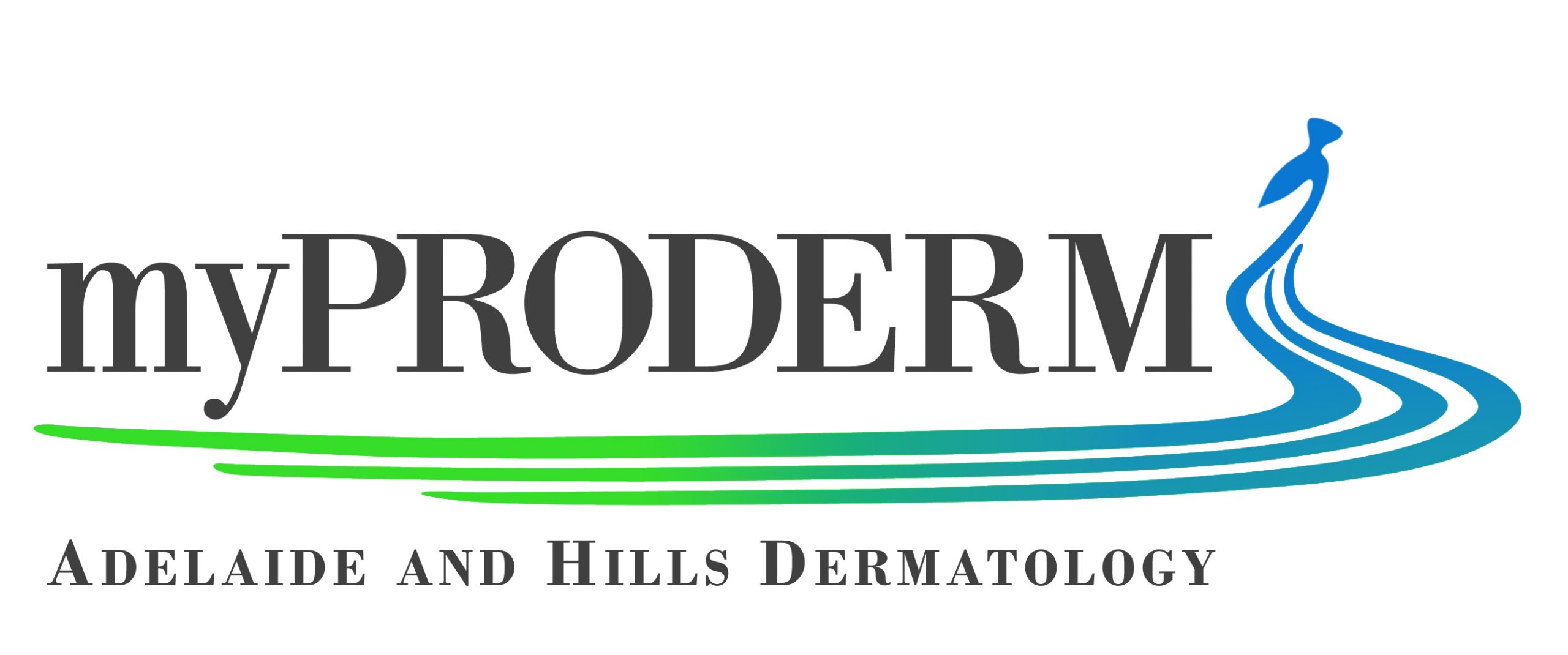Cryotherapy
What is cryosurgery or cryotherapy?
- Cryosurgical treatment (cryo or cryotherapy) is widely used in the dermatology field. It is a procedure that uses a spraying device, cotton swab, or cryoprobe (metal device) to apply freezing gas to the skin lesion.
- The choice of method and the dose of liquid nitrogen will depend on the location, size, depth, and type of the lesion.
- The treatment applies extremely cold liquid nitrogen, which boils at −196°C (−320.8°F), and is the most effective cryogen for clinical use. Another choice is carbon dioxide. Both can be used to destroy benign or premalignant skin lesions. Once these unhealthy cells are destroyed, the body can replace them with new and healthy cells.
- This treatment can be rapidly and easily done in the office, and the skin usually heals without scarring. Skin conditions that are suitable for freezing include actinic keratosis, dermatofibroma, virus wart, molluscum contagiosum, skin cancer, solar lentigo, and seborrhoeic keratosis.
- When cryosurgical treatment is used to combat skin lesions, special knowledge and experience are needed. For this reason, patients may prefer licensed physicians or doctors to perform the treatment.
How is cryotherapy performed?
- Cryotherapy is a quick procedure
- Cold spray (liquid nitrogen) is applied to the area of skin requiring treatment for between 10 – 30 seconds
How do I prepare for cryotherapy?
Most people don’t need to do anything to get ready for skin cryotherapy on the skin. It is preferable to remove any powder, lotion, or makeup before your procedure.
What should I expect after cryotherapy?
- It feels cold during the treatment.
- After the treatment you may experience some pain or stinging. This usually settles within a few hours.
- There may be a scab or blister on the treated area, which is expected to heal over 7 – 10 days.
- Usually scarring does not occur, but a white mark may be left behind in people with dark skin.
How to care for myself after cryotherapy?
- Gently treat the area, and don’t scratch it.
- Avoid using fragrant soap, makeup, or lotion on the treated area until it’s fully healed after 10 days of the procedure.
- If there is a blister or broken skin, apply petroleum jelly to the area once to twice per day, as needed.
- Once the treated area has healed, apply sunscreen with an SPF of at least 30.
What are the risks of cryotherapy?
Cryotherapy is a low-risk procedure and unlikely to cause complications. The main risk is that the treatment may be ineffective or need to be repeated.
